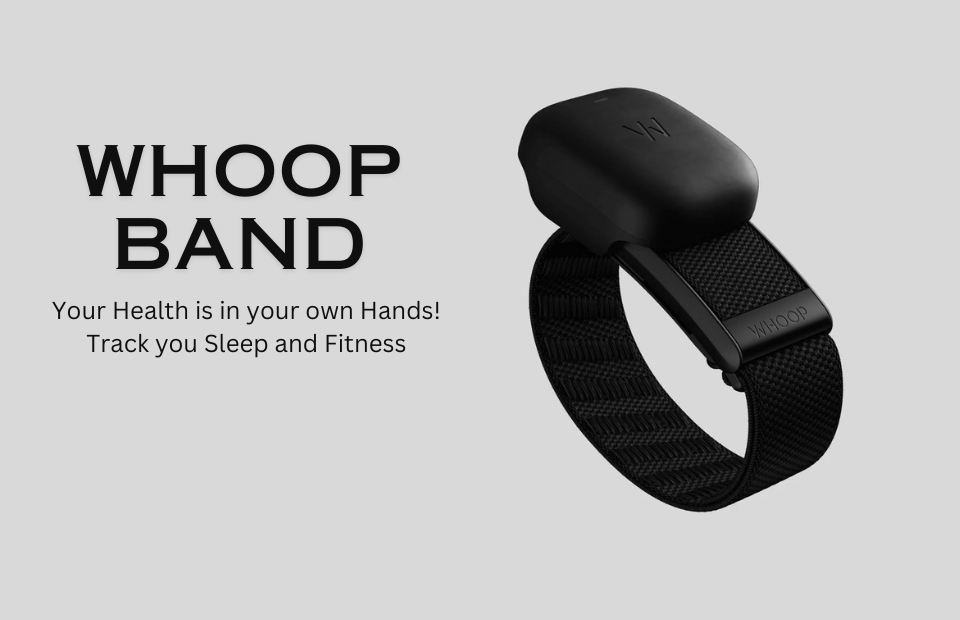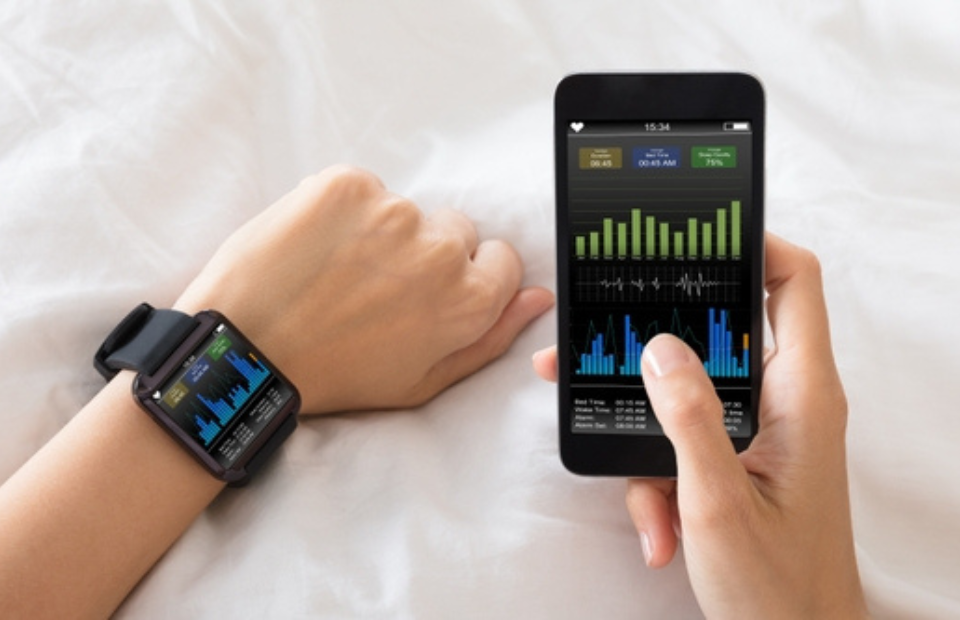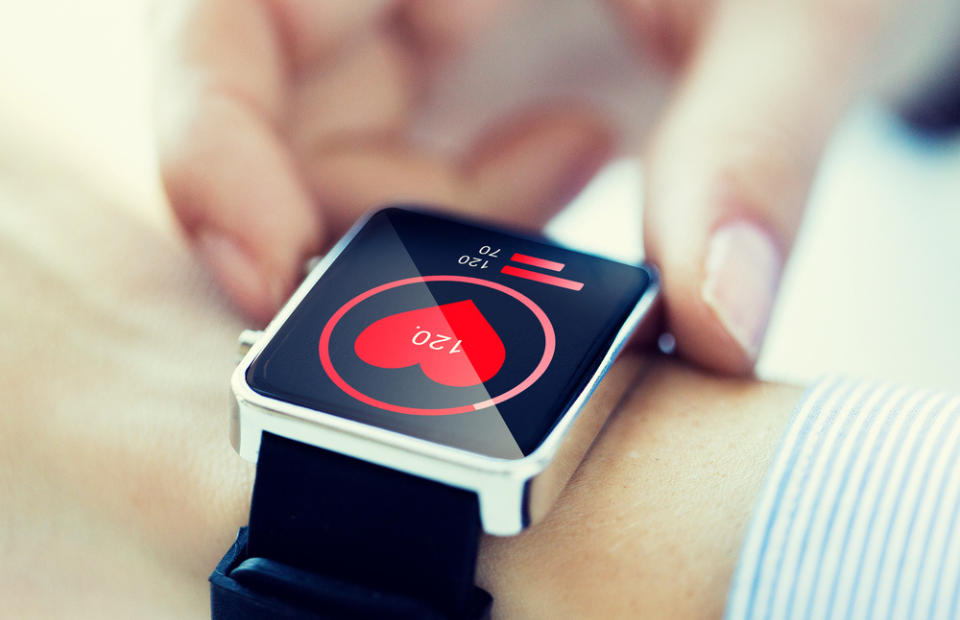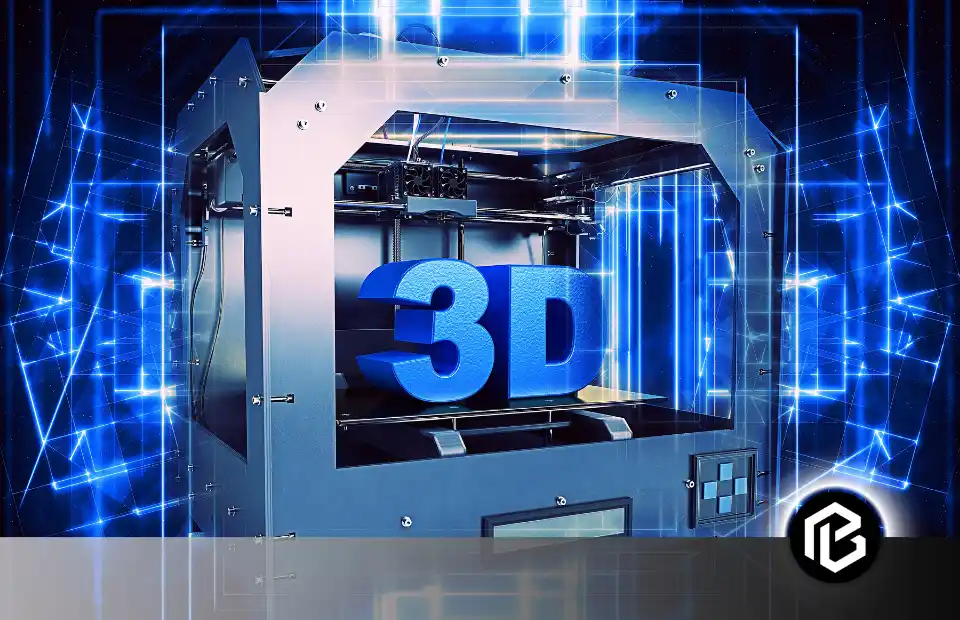Technology has advanced in many ways. There are a lot of new gadgets and AI Assistances that are available to help you in many fields of life. One of them is Sleep Tracker. I wondered how Sleep Trackers work. And what are the things they track? Sleep trackers use accelerometers, which are small motion detectors, to measure how much you move while you sleep.
Well, let’s explore the workings of Sleep Trackers in detail. Following are the stages for a Particular Sleep Tracker to track the patterns of your sleep and many more.
- Learning Period
- Sleep Tracking Metrics
- Mobile Apps for Sleep Tracking
- User Input and Customization
- Wearable Device Sensors
- Sleep Stages Classification
- Sleep Disorders Detection
- Smart Alarm Features
- Resting Heart Rate as a Baseline
- Integration with Other Devices
- Cloud-Based Analytics
- Algorithmic Processing
- Conclusion
- Frequently Asked Questions on Sleep Trackers
Learning Period
These Trackers use Advanced Technology. Artificial intelligence plays a vital role in the proper working of a Sleep Tracker. We know one thing about AI models: they need training. Although the developers of Sleep Trackers have made it ready to use when they sell it, it still needs a little bit of pre-learning.
At the starting some time, it will observe your sleep and wake-up times. This period may be different for different trackers.
For example, for WHOOP, which is a band for both sleep and fitness tracking, the training period is one week.

Sleep Tracking Metrics
To understand correctly how sleep trackers work, we have to know what they track. A particular Sleep Tracker may follow the following metrics.
- Movement
- Sleep Duration
- Sleep Efficiency
- Sleep Stages (Light, Deep, REM-Rapid Eye Movement, Awake)
- Heart Rate
- Respiration Rate
- Restlessness
- Snoring
- Body Temperature
- Light Exposure
- Sleep Environment Conditions
- Wake-up Time
- Sleep Trends
Mobile Apps for Sleep Tracking

Sleep Trackers are often connected to mobile apps. These mobile apps are the means to communicate with these sleep-tracking devices. These apps display the processed data and sometimes also allow the user to enter user-specific information.
User Input and Customization
Some sleep trackers allow users to input additional information, such as caffeine intake, alcohol consumption, and mood. This data can be used to provide personalized insights and recommendations for improving sleep hygiene.
Wearable Device Sensors
Wearable devices primarily use accelerometers to determine sleep patterns. Accelerometers are used to keep track of your movement when you fall asleep, just like we are familiar with the term acceleration.
These sensors record movement patterns during sleep, contributing to the overall sleep-tracking process.
Sleep Stages Classification
Modern sleep trackers aim to classify sleep into different stages, including light sleep, deep sleep, REM (rapid eye movement) sleep, and awake periods. This classification helps users understand the quality and distribution of their sleep. These sleep patterns are highly useful in medical diagnosis.
Sleep Disorders Detection

In some cases, sleep trackers may offer insights that prompt users to seek professional medical advice. While not a substitute for a medical diagnosis, these trackers can flag potential sleep issues, such as sleep apnea or insomnia.
Smart Alarm Features
The intelligent alarm feature has the understanding of sleep stages to wake you up at a time when your body is in a more naturally awake state. This aims to improve the overall waking experience and reduce the adverse effects of waking up during a deep sleep phase.
It means these trackers judge when you have had a good sleep, and now you are ready to wake up. Seems super cool!
Resting Heart Rate as a Baseline

The wearable device establishes a baseline resting heart rate to understand your average heart rate during periods of inactivity. Variations from this baseline are then used to make educated assumptions about different activities, and this information contributes to features such as sleep tracking, helping the device determine when you are likely asleep based on your heart rate patterns.
Integration with Other Devices
Sleep trackers often integrate with other smart home devices, such as smart thermostats and lights. This integration aims to create an optimal sleep environment by adjusting the setting according to the sleep patterns of the user and using different conditions based on the user’s sleep patterns.
Cloud-Based Analytics
Sleep Trackers can use Cloud-based analytics that is highly useful when multiple people want to see the tracking data of a person. It can be helpful in case you are taking care of an elderly person. In this way, someone can share their data with doctors, too. This feature is beneficial in many ways.
Algorithmic Processing

Sleep trackers run complex algorithms, often trained with AI models, to process data from sensors and additional metrics. These algorithms help in accurately determining the user’s activity, including sleep, based on patterns and variations from regularity.
Conclusion
Sleep Tracking Devices are beneficial nowadays. Their work is fantastic. They can be connected to mobile apps and provide real-time processed data. The user can customize them, too.
When you remain busy in your daily work and don’t get proper sleep, you must purchase a sleep pattern detector to know how much sleep is necessary for you.
Not only this, These devices are playing an extraordinary role in the field of medicine. Keeping their importance aside, we have discussed how sleep trackers work and how much they are worth it. I hope you learned something new!
Frequently Asked Questions on Sleep Trackers
What metrics can sleep trackers measure?
Sleep trackers can measure various metrics, including total sleep duration, time spent in different sleep stages (such as REM and deep sleep), sleep efficiency, awakenings during the night, heart rate variability, respiratory rate, and snoring intensity.
What types of sleep trackers are available?
Sleep trackers are available in different forms, including wearable devices worn on the wrist, smartwatches, fitness trackers, bed-based sensors, mattress pads, and smartphone applications. Each type of sleep tracker has its unique features, advantages, and limitations.
How accurate are sleep trackers?
The accuracy of sleep trackers varies depending on factors such as the type of sensors used, the quality of data collection and analysis algorithms, and user compliance with wearing or using the device correctly. While sleep trackers can provide valuable insights, they may not always accurately reflect true sleep patterns.
Can sleep trackers help improve sleep quality?
Sleep trackers can help improve sleep quality by raising awareness of sleep habits, facilitating behaviour changes to promote better sleep hygiene, and identifying potential sleep disorders or disturbances that may require further evaluation or intervention.




